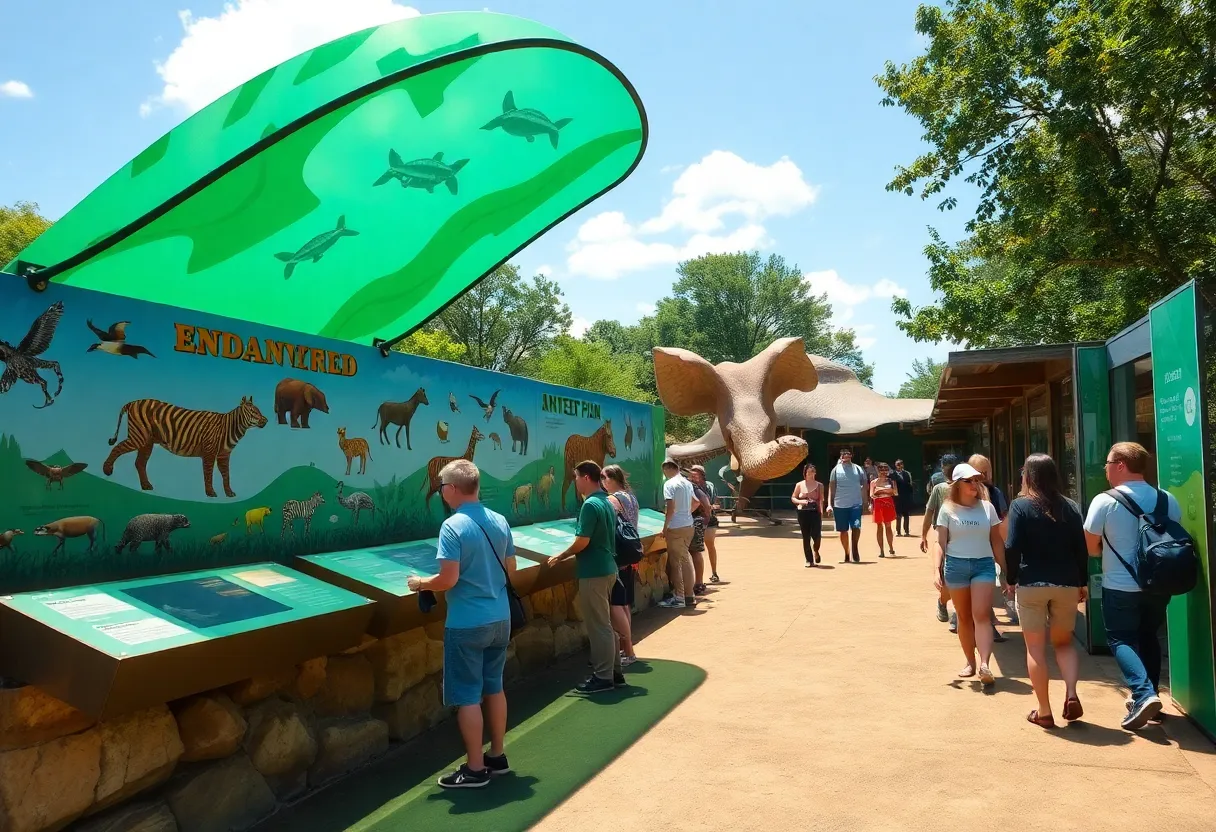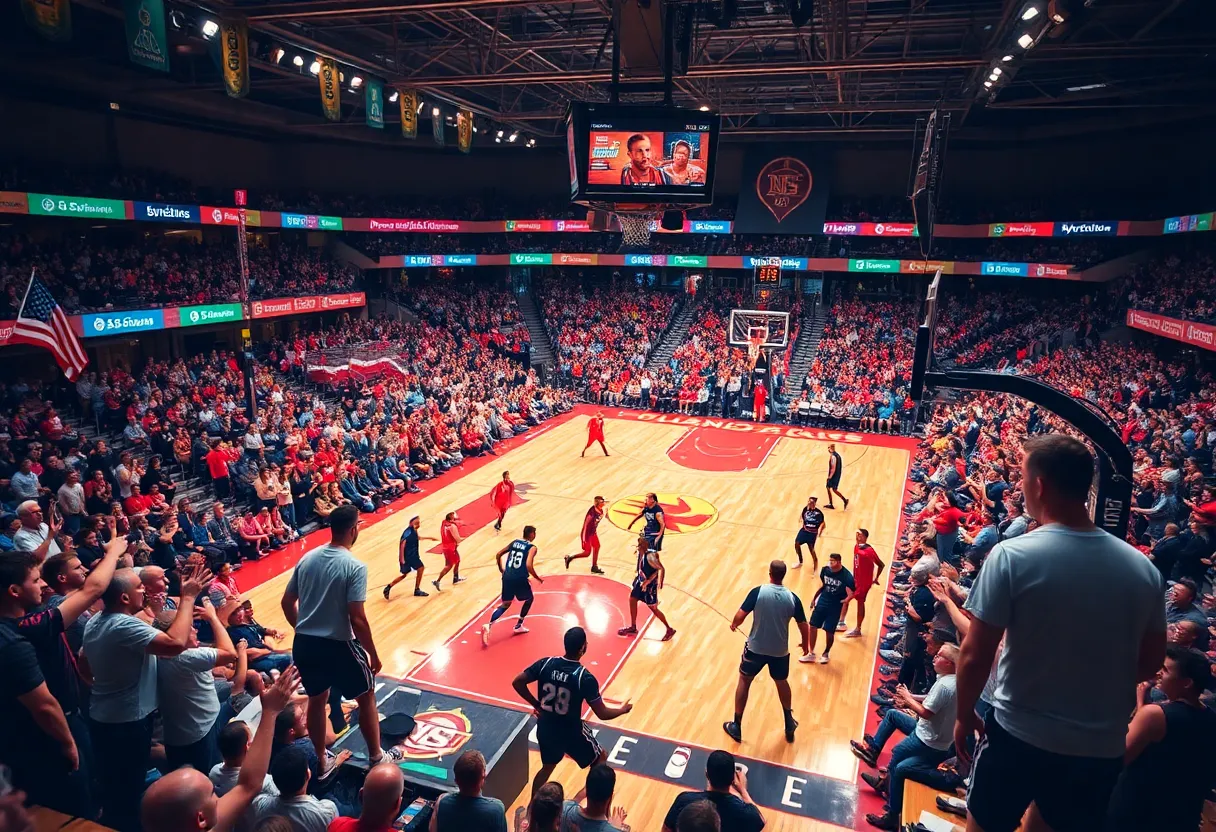Omaha, Nebraska, October 8, 2025
The Omaha City Council has unanimously approved a $75 million expansion for the Henry Doorly Zoo. The project aims to introduce interactive exhibits, enhance conservation programs, and promote eco-tourism. While the council’s decision has been praised by environmental organizations, concerns about potential traffic issues in the surrounding area have been raised by local residents. The groundbreaking is expected next spring, with completion targeted for 2028.
Omaha City Council Approves $75 Million Henry Doorly Zoo Expansion
Omaha, Nebraska – The Omaha City Council has greenlit a transformative $75 million expansion for the Henry Doorly Zoo, marking a significant investment in wildlife conservation and public education. The unanimous vote, finalized earlier today, paves the way for new interactive exhibits and enhanced conservation programs designed to highlight endangered species and promote eco-tourism. This decision positions the zoo as a key player in both local economic growth and global environmental efforts.
Project Highlights and Timeline
The expansion encompasses a range of innovative features aimed at immersing visitors in the world of wildlife. Central to the project are interactive exhibits that will allow guests to engage directly with conservation themes, such as simulated habitats for endangered animals and hands-on learning stations about biodiversity. These additions build on the zoo’s existing reputation for world-class attractions like the Desert Dome and Lied Safari.
Construction is slated to break ground next spring, with completion targeted for 2028. The timeline reflects careful planning to minimize disruptions to current operations while integrating the new elements seamlessly. Funding for the project comes from a mix of city bonds, private donations, and zoo-generated revenue, ensuring no immediate tax increases for residents.
Community Reactions and Concerns
The approval has elicited a spectrum of responses from the community. Environmental organizations have praised the initiative for its focus on education and conservation, noting that it aligns with broader efforts to raise awareness about species facing extinction. Proponents argue that the expansion will not only draw more visitors but also generate substantial economic benefits through increased tourism spending in the area.
However, not all feedback has been positive. Some neighborhood residents near the zoo have expressed worries about the potential for heightened traffic congestion, particularly during peak visiting seasons. They fear that the influx of additional tourists could strain local roads and parking facilities, potentially impacting daily commutes and quality of life. City officials have acknowledged these concerns and outlined preliminary mitigation measures, including expanded public transit options and traffic management studies.
Broader Impact on Eco-Tourism and Education
At its core, the expansion seeks to elevate the Henry Doorly Zoo’s role in eco-tourism, a sector that has seen steady growth in recent years. By incorporating state-of-the-art exhibits, the project aims to attract families, school groups, and international visitors, fostering a deeper appreciation for wildlife preservation. The conservation programs will extend beyond the zoo grounds, partnering with global initiatives to support habitat restoration and anti-poaching efforts.
This move comes at a time when public interest in environmental issues is at an all-time high. The zoo, already ranked among the top attractions in the U.S., anticipates the expansion will reinforce its commitment to sustainability. Educational components will include workshops, virtual reality experiences, and youth programs, all geared toward empowering the next generation with knowledge about endangered species.
Historical Context and Future Prospects
The Henry Doorly Zoo has long been a cornerstone of Omaha’s cultural landscape, drawing millions of visitors annually and contributing significantly to the local economy. Past expansions, such as the 2010 addition of the Scott Aquarium, have demonstrated the zoo’s ability to adapt and innovate while maintaining high standards of animal care. This latest project continues that tradition, responding to evolving visitor expectations and pressing environmental challenges.
As Omaha navigates post-pandemic recovery, investments like this underscore the city’s strategy to bolster tourism as an economic driver. The expansion is expected to create hundreds of jobs during construction and dozens of permanent positions once operational. While challenges like traffic remain, the overall optimism surrounding the project highlights a collective push toward a more sustainable future.
In summary, today’s council vote represents a bold step forward for the Henry Doorly Zoo, blending entertainment with education to address critical conservation needs. Residents and visitors alike will watch closely as this ambitious vision takes shape next spring.
FAQ
What is the total cost of the Henry Doorly Zoo expansion?
The total cost of the expansion is $75 million.
When is groundbreaking scheduled for the project?
Groundbreaking is set to occur next spring.
What are the main features of the expansion?
The expansion includes interactive exhibits and conservation programs, aiming to boost eco-tourism and educate visitors on endangered species.
How have environmental groups responded to the approval?
Environmental groups have celebrated the move for its focus on conservation and education.
What concerns have residents raised?
Some residents have voiced concerns over increased traffic in the neighborhood.
Key Features of the Expansion
| Feature | Description | Impact |
|---|---|---|
| Interactive Exhibits | Hands-on displays simulating habitats for endangered species | Enhances visitor engagement and education on wildlife |
| Conservation Programs | Partnerships for habitat restoration and anti-poaching | Supports global efforts to protect endangered animals |
| Eco-Tourism Boost | Attractions to draw more visitors and spending | Stimulates local economy through increased tourism |
| Timeline | Break ground next spring; complete by 2028 | Allows time for minimal disruption to current operations |
| Funding Source | City bonds, private donations, zoo revenue | No immediate tax increases for residents |
Deeper Dive: News & Info About This Topic
HERE Resources
Omaha’s Fall Festivities Draw Record Crowds Amid Autumn Vibrancy





